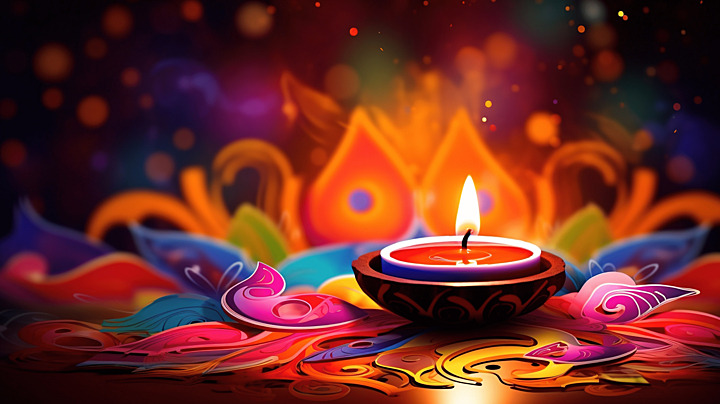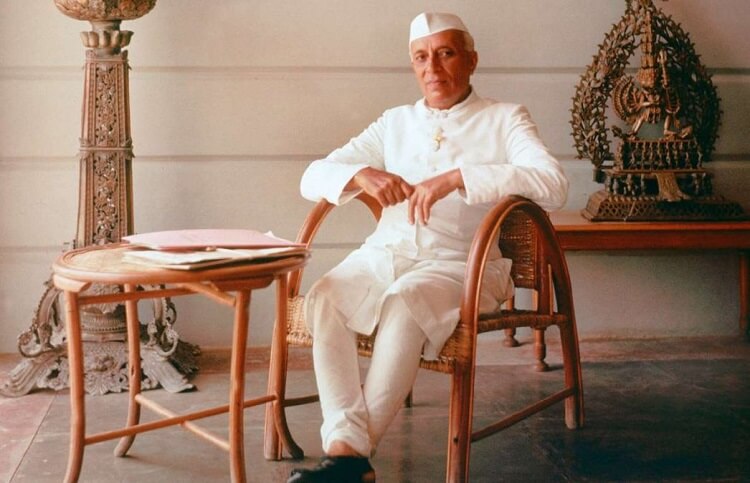India, one of the fastest-growing economies in the world, uses the Indian Rupee (INR) as its official currency. It is a symbol of the country’s financial identity and economic strength.
Currency Name and Symbol
The official currency of India is called the Rupee, and its symbol is ₹. The international currency code for the Indian Rupee is INR. This symbol (₹) was adopted in 2010 and combines the Devanagari letter “र” (ra) and the Latin capital letter “R” without the vertical bar.
Who Issues the Currency?
The Reserve Bank of India (RBI) is the central authority that issues and manages the Indian currency. It regulates the supply of money, maintains financial stability, and ensures that banknotes are designed with strong security features to prevent counterfeiting.
Denominations of the Rupee
The Indian currency is available in both coins and banknotes.
- Coins are available in denominations of ₹1, ₹2, ₹5, ₹10, and sometimes ₹20.
- Banknotes come in denominations of ₹10, ₹20, ₹50, ₹100, ₹200, ₹500, and ₹2000 (though ₹2000 notes are being gradually phased out).
Each note features Mahatma Gandhi’s image and unique security features like watermarks, micro-lettering, and color-shifting ink.



